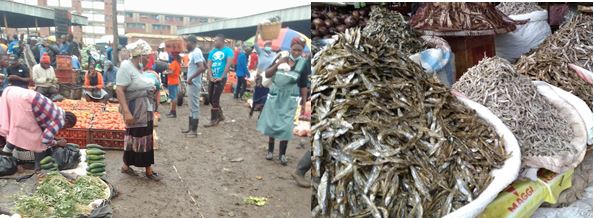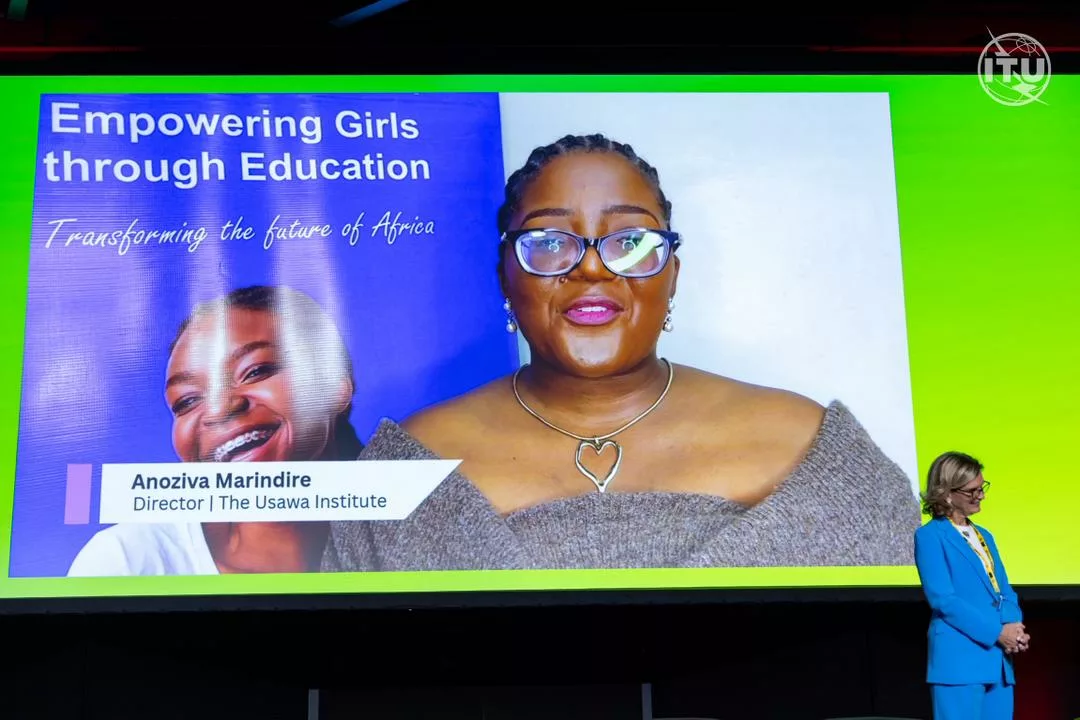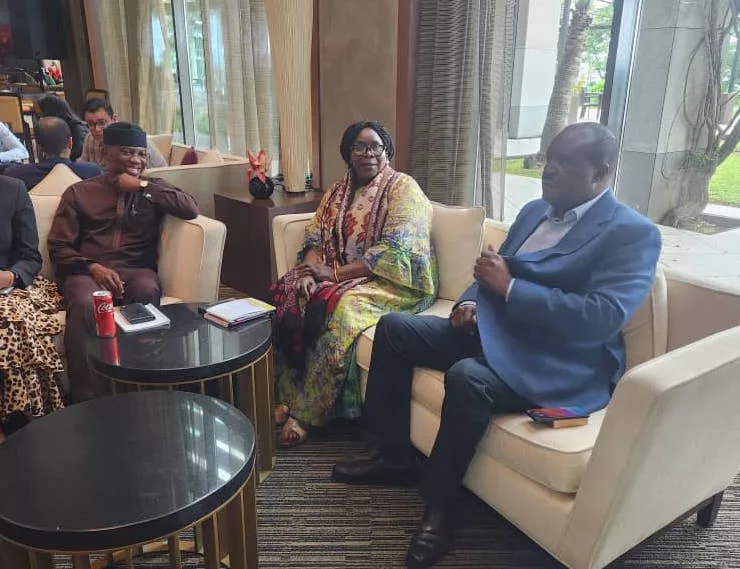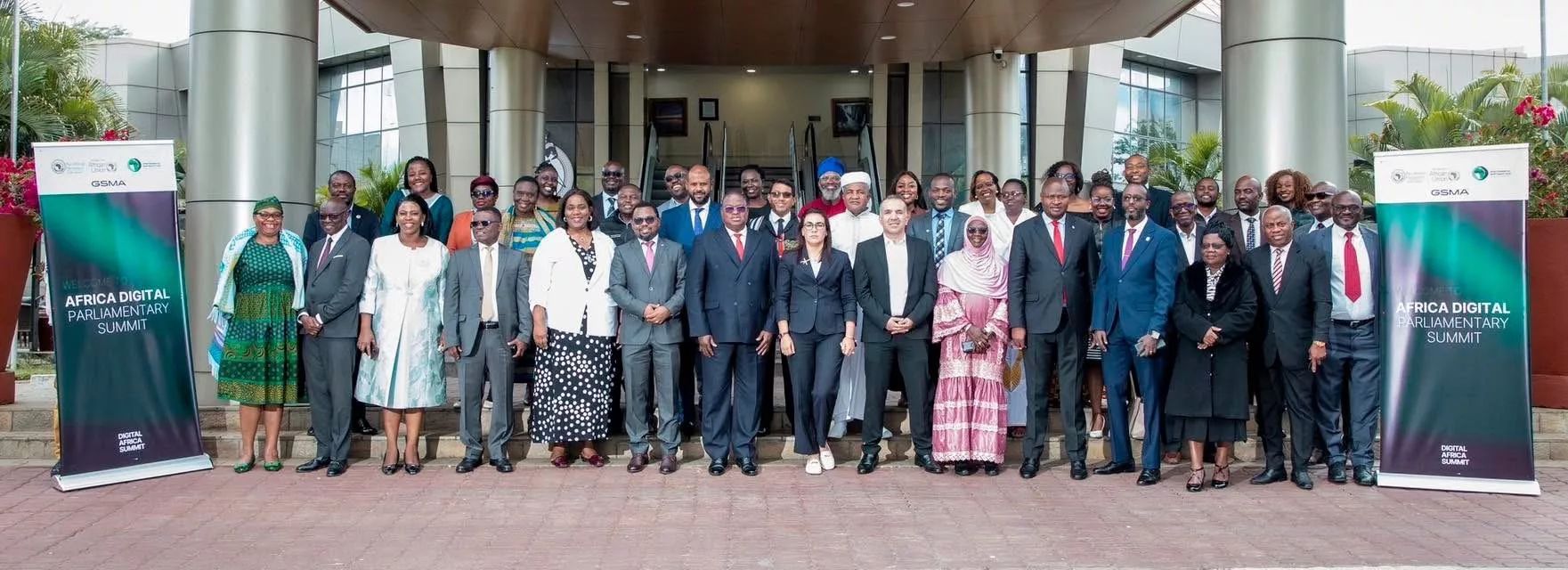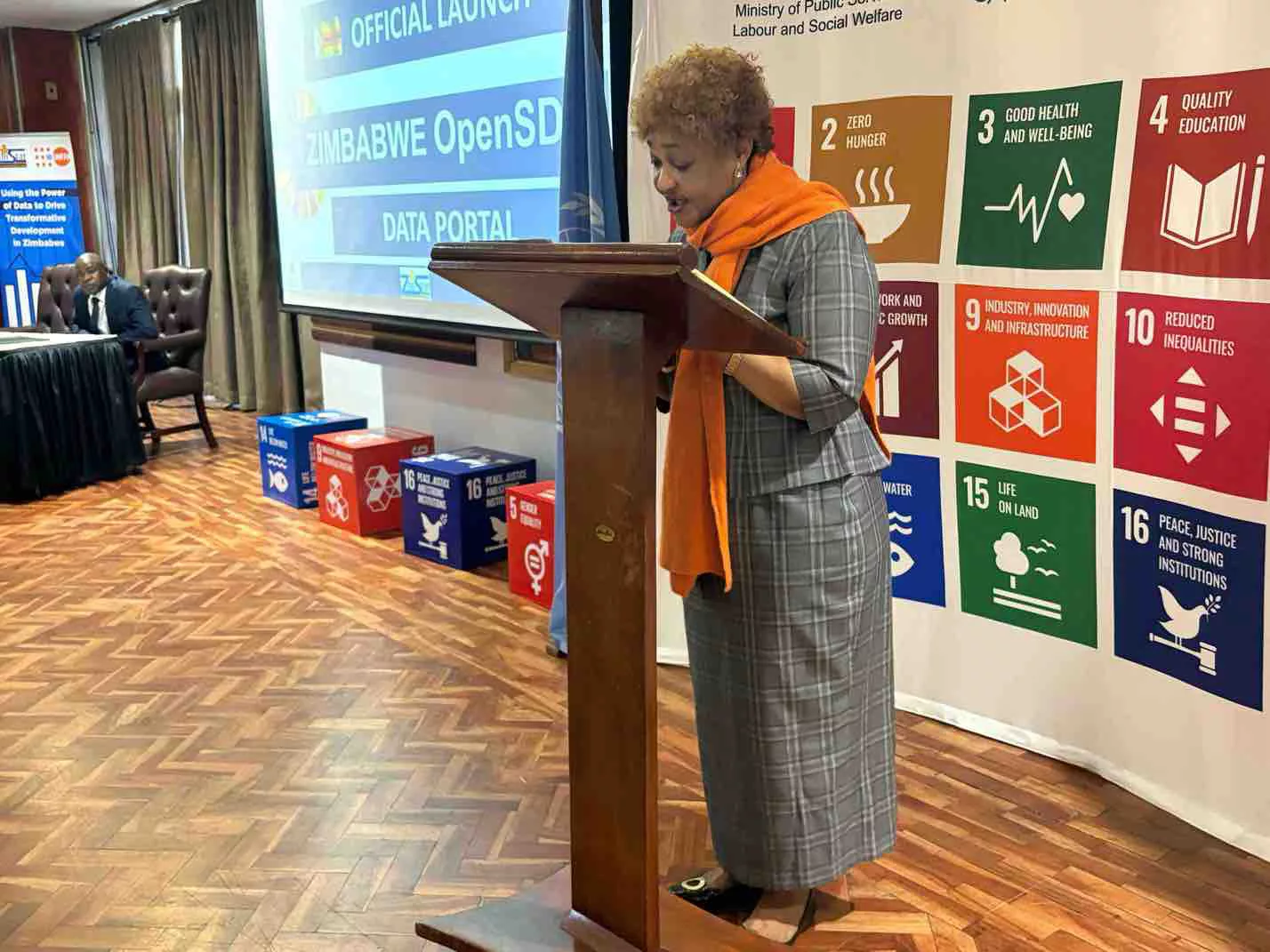|
Getting your Trinity Audio player ready...
|
By Charles Dhewa
The past few years have seen development agencies working in African agriculture and food systems coming together to work as consortiums or consortia. The word consortium is a Latin word meaning partnership. Wikipedia defines a consortium as an association of two or more individuals, companies, organizations, or governments with the objective of participating in a common activity or pooling their resources for achieving a common goal. To what extent have consortiums made a difference in food and nutrition security? This question is yet to be fully answered in the African food systems.
Absence of impact models for consortiums/consortia
Many development organizations have been working as part of consortia for a number of years in African countries. However, what has been lacking are reliable impact models for consortia. The whole essence of a consortia is riding on expertise in each partner for the purpose of achieving the same result within a given ecosystem or community. On the contrary, in spite of belonging to consortia, many organizations focusing on agriculture, food security and rural development have continued to work in silos pursuing isolated impact.
Addressing such challenges should start at the beginning of forming a consortium with identifying who is who and what expertise exists in each organization toward achieving food and nutrition security at local and national levels. Resources should then be allocated based on each partner’s expertise and capacity to execute given activities. Unfortunately, this is not done thoroughly, as seen by organization continuing to work in isolation.
Need for an independent coordinating institution
A key observation is that the majority of consortiums lack a solid coordination framework that can consolidate achievements and lessons toward improving future interventions. The lead organization is often chosen for the purposes of getting the greater chunk of the administration budget, not on the capacity to coordinate emerging lessons and hold other partners accountable. Achievements would be more tangible if there was an independent coordinating institution within the consortia whose responsibility includes coordinating, organizing, and synchronizing plans into a single master plan. This institution should also be in charge of monitoring implementation, progress, and re-purposing resources in line with emerging issues.
Reporting is different from documenting lessons
Another key mandate for the independent institution should be documenting progress for different partners and users of knowledge that is emerging from the consortia. Reporting is often confused with documenting but they are different roles in that reporting follows a specific format or template from the funder/s. While the lead organization is often responsible for reporting to funders, the independent institution should focus on documenting emerging lessons, achievements, aspirations and fears.
Documentation should focus on different purposes such as documenting for fund-raising, documenting for policy review, development, and actioning. Some of the documentation should be tailored for private players keen to build business models with selected farmers, traders, and markets. Documentation can also focus on specific segments like the ministry of health and ministry of women affairs interested in specific issues like food safety and the role of gender in nutrition.
All these forms of documentation are totally different from reporting to the funder. Being one of the implementing partners, the lead organization’s role will be compromised if it takes on the role of documentation because, naturally, it will be biased towards partners. The capacity to evaluate peers can also be undermined by the conflict of interest. Besides monitoring and documentation, the independent institution should be responsible for positioning partners within the consortia and providing ongoing technical needs assessment which influences resource allocation and re-purposing.
Technical advisory role as a sustainability model
Technical advisory roles that can be played by the independent institution are another model for sustainability. In most cases, development agencies and NGOs start and finish projects but there is no centralized place where documentation can be found. That is why many interventions re-invent the wheel when they should ride on what has already been established and consolidated by an independent institution. The absence of such an institution has seen so much duplication of activities and double-dipping among partners within consortia.
Many consortiums start working as a team when the project is ending yet genuine collaboration should begin project inception so that partners visit beneficiaries as a team, do logistics as a team, and allocate resources as a team. Since targeted beneficiaries are often the same, it is a waste of resources for different partners to visit beneficiaries at different times. This also compromises the meaning of what the project is really trying to achieve.
Mapping food distribution system
The value of consortiums should be visible during shocks like droughts by quickly pooling resources to provide a rapid response mechanism. Planning and staggering production through consortiums are key to avoiding gluts and shortages. Government should not wait for development agencies to declare a drought or a disaster when it has structures all from the national to the community level. All it needs are tools and systems for generating data at ground level. Timely mapping of national food distribution systems should be done by the government with support from consortiums, not the other way round. These efforts can assist in answering questions like: How do we enhance community knowledge to use water and other resources not just providing food aid?
With the right coordination, resources will not be spent on radio shows, advertisements,s, and jingles but on solving real issues. Instead of writing proposals looking for food aid, development agencies can focus on assisting communities to use existing resources at the community levels like fertile soils, pastures, and water. One of the key lessons from drought for African countries is that relying on a few value chains that are prone to climate change exposes countries to starvation and poverty. Factors that are outside a country’s control like climate change and outbreak of wars can make countries very vulnerable.
To address some of these challenges, governments and consortiums should be assisting communities in building strong internal food and nutrition security systems instead of blaming everything on fuel price increases due to conflicts between Russia and Ukraine. Drought needs a very strong system for distributing food commodities as well as real-time monitoring. Government and consortiums should know what is happening on the ground through live updates and early warnings, not formal reports that take ages to reach decision-makers. Policymakers should be aware of opportunistic behaviours that are triggered by shocks like drought. For instance, when there is a drought, some opportunists start moving around farming communities mopping food and stocking for re-settling at higher prices. Without fluid information systems, it is difficult to pick these issues.


